Review: Amebelodon (Prehistoric Life Collection by Safari Ltd.)
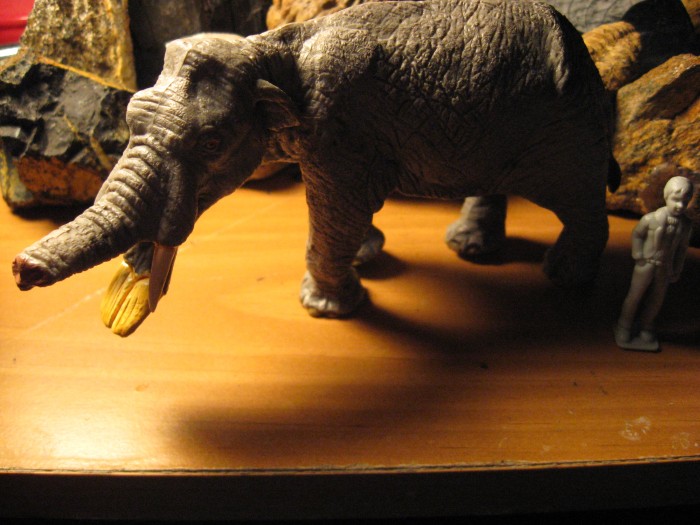

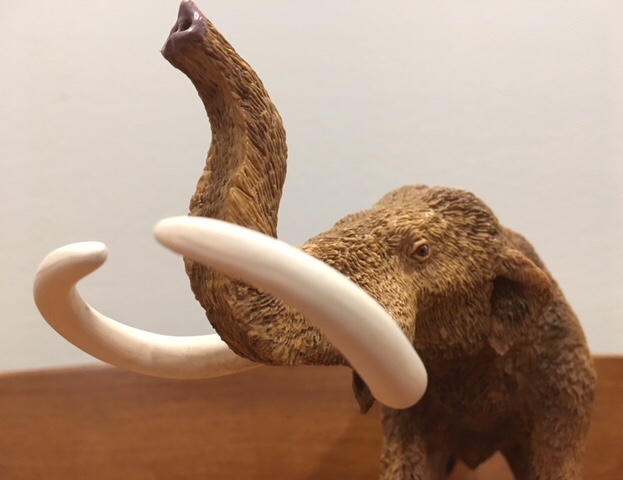
The American mastodon, Mammut americanum, is one of the very best-known prehistoric mammals. Many complete skeletons have been found throughout the North American continent, from this one-tusked male at the Royal Ontario Museum to this female and calf from the La Brea Tar Pits of California.
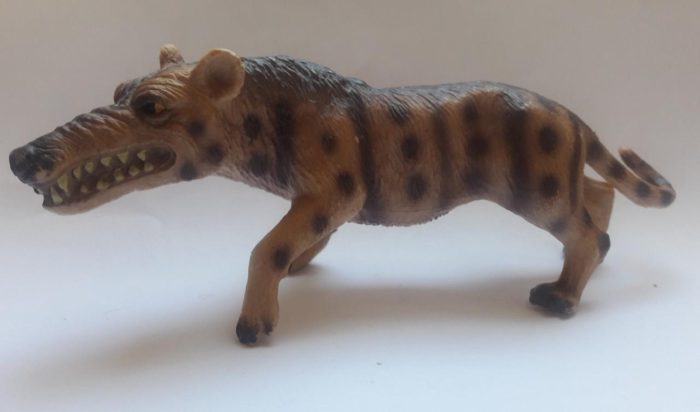

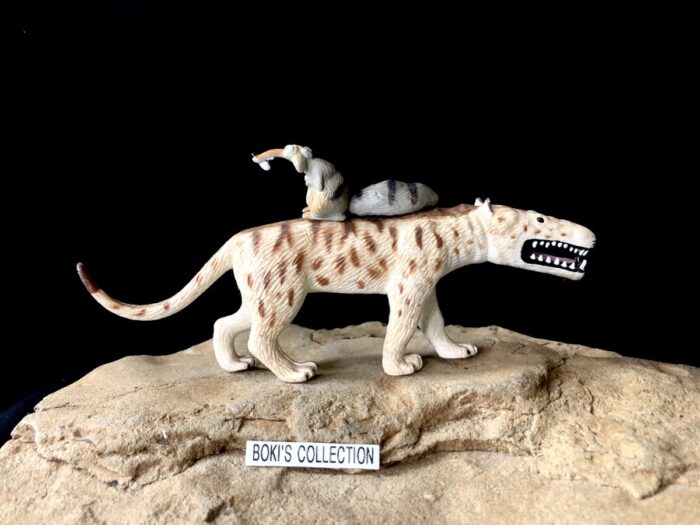
Part 3 of 4 – Large Play visions Prehistoric mammals
Dust funnels swept across the dry and hot landscape. It’s been months since the last rain and the vegetations, once lush, has now turned brown. Animals that inhabit this environment are under tremendous stress as they seek out food and shelter from the exhausting heat.
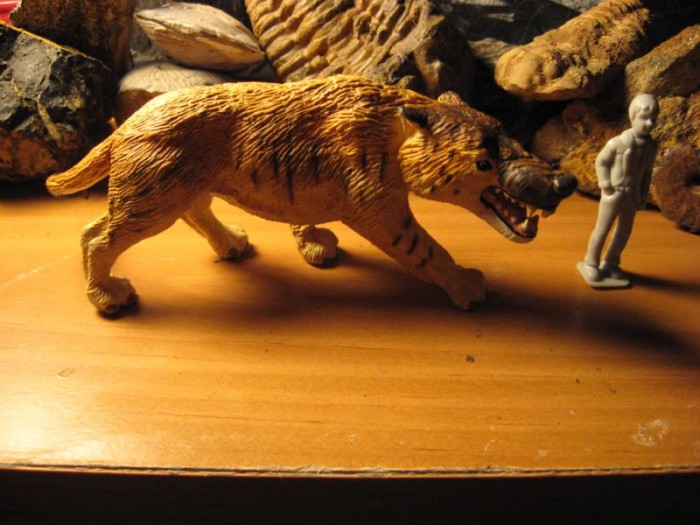

Released by CollectA in 2014, this Arsinoitherium toy measures just about 18.5 cm long from the tips of its horns to the end of its tail.
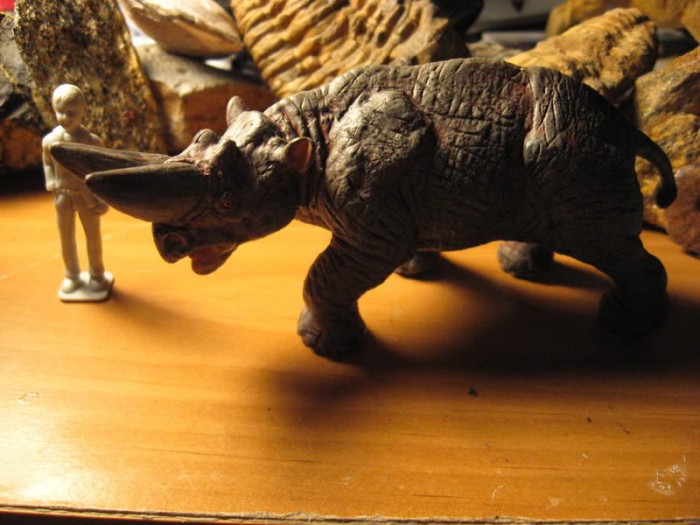
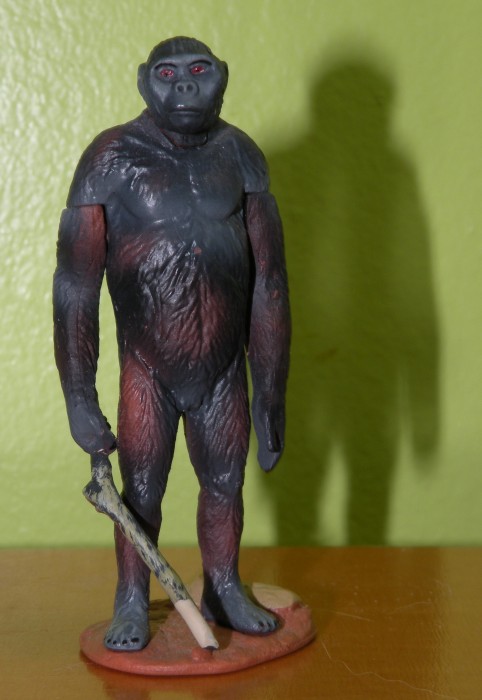

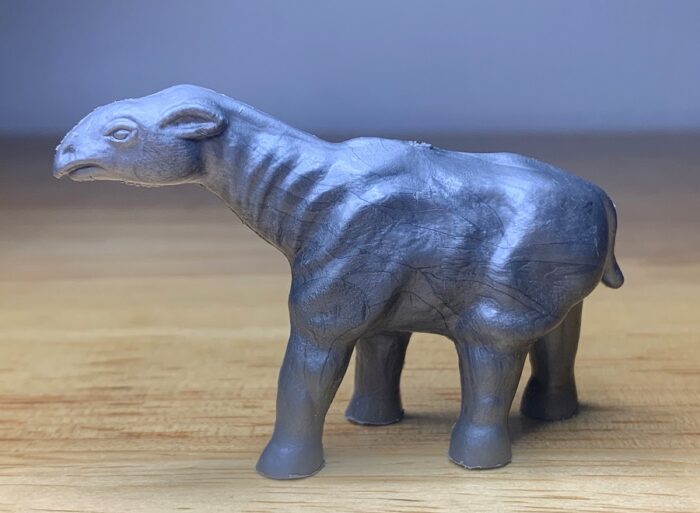
With an estimated length of 24.3’ (7.4 meters), shoulder height of 15.7’ (4.8 meters), and neck length of 6.6-8.2’ (2-2.5 meters), the Paraceratherium is believed to be the largest land mammal that has ever lived, or at the very least among the largest. Despite this astonishing fact, this gigantic hornless rhinoceros has been largely ignored in our hobby until recently.